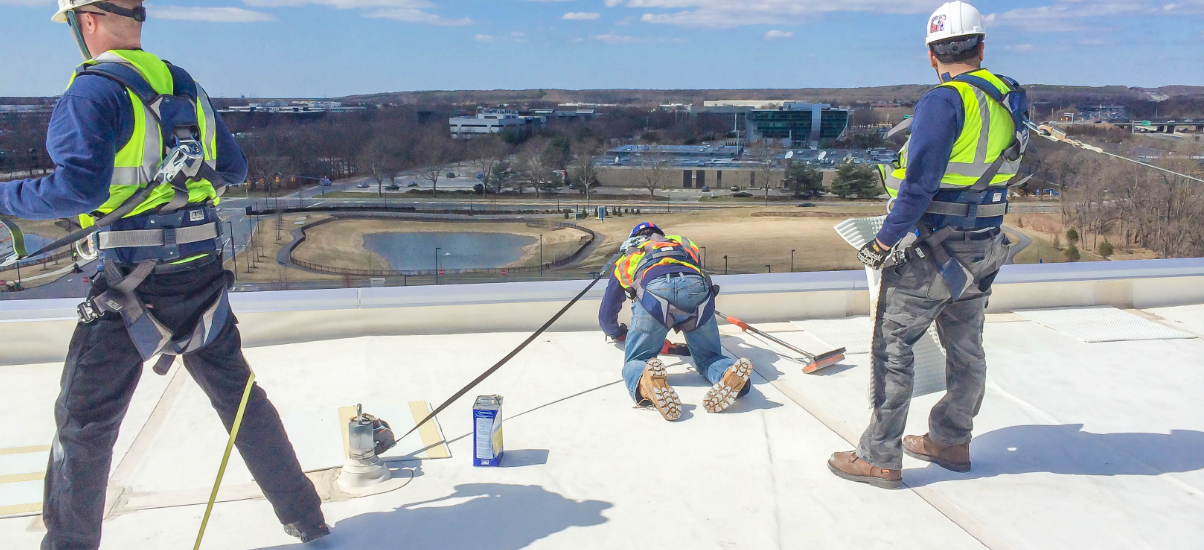In the realm of construction and high-risk jobs, ensuring safety is paramount. One of the key areas where this focus is essential is in preventing falls, especially when working at great heights. Here are four crucial tips for fall protection that can significantly reduce the risk of accidents and ensure a safer working environment.
1. Comprehensive Risk Assessment
Before embarking on any project, a thorough risk assessment is vital. This step involves identifying potential hazards, evaluating the risks they pose, and implementing strategies to mitigate them. For instance, if a job involves working at a considerable height, the risk of falls increases exponentially. It’s not just about acknowledging the presence of these risks, but also putting measures in place to address them effectively.
2. Prioritise Training
Training is an indispensable aspect of ensuring fall protection. Workers need to be educated about the potential dangers associated with their jobs and the best practices to avoid them. They should be trained on how to use safety equipment correctly, including harnesses, guardrails, and ladders. A well-trained worker not only knows how to protect themselves but also contributes to the overall safety culture of the workplace.
3. Use Appropriate Safety Equipment
Investing in the right safety system is a non-negotiable aspect of fall protection. The choice of gear will depend on the nature and circumstances of the work. For example, a safety harness might be appropriate for a worker scaling a tall building, while a scaffold would be more suitable for a painter working at a moderate height.
At one point in your risk assessment, you might find the need for safety net protection. This secondary layer of safety is particularly useful in construction sites where workers operate at high altitudes. It provides a literal safety net that catches falling individuals or debris, thus preventing injury or damage.
4. Regular Inspection and Maintenance
Even the best safety tool can fail if not properly maintained. Regular inspection of all fall protection gear is crucial to ensure it’s in optimal working condition. This includes checking for wear and tear, ensuring parts are functioning correctly, and replacing any damaged or outdated equipment. Remember, the effectiveness of your safety measures is only as good as the condition of your tools.
Conclusion
Fall protection is an integral aspect of workplace safety, especially in high-risk industries. By conducting thorough risk assessments, prioritizing training, investing in appropriate safety equipment, and maintaining regular inspections, organizations can significantly reduce the risk of falls and create a safer work environment. Remember, safety should never be an afterthought—it’s a proactive measure that saves lives.


